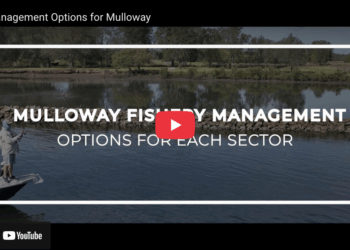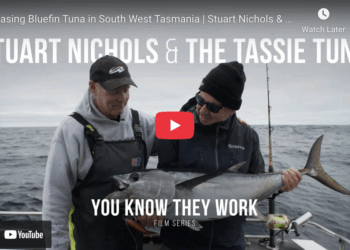
A PROPOSED new re-regulating storage on the Macquarie River is set for further investigation. WaterNSW is currently contracting an Environmental Impact Statement (EIS) for a new gated weir directly downstream of the existing Gin Gin weir, between Narromine and Warren.
Construction of the storage, which would include a fishway, aims to address water management improvements described in the 2014 State Infrastructure Strategy Update (Infrastructure NSW).
The proposed benefits of the project are:
- To achieve long-term water security strategic objectives in the Macquarie Valley
- Improve delivery efficiency to customers downstream of Gin Gin
- Reduce transmission losses when transferring and delivering water through the river system on an annual basis; and
- To maximise available water for general security customers within the sustainable diversion limits set under the Murray-Darling Basin Plan.
Effectively, the new weir will hold back flows from the Macquarie’s tributaries downstream of Burrendong Dam; which include the Bell, Little, and Talbragar rivers and Coolbaggie Creek. These waterways are currently some of the only remaining “un-regulated” flows in the Macquarie Catchment.
This means further regulation – in addition to current extraction for agriculture and communities – of an approximate 350 kilometre stretch of the Macquarie (36 per cent of its total length). This includes the Macquarie Marshes – one of the largest remaining inland wetlands in south-eastern Australia that provides a nursery for native fish. At least 200 kilometres of the river downstream of the proposal is fished by anglers chasing Murray cod and yellowbelly.
Local anglers are critical of WaterNSW’s management of the river. This has been exacerbated by the water manager’s inaction on habitat restoration – namely a series of fish passages around existing weirs – that was agreed upon as part of an offset package for works completed on the Burrendong Dam wall in 2011.
The fishway that’s proposed to be incorporated into the new storage will present no benefit to the ecosystem while Gin Gin weir, directly upstream, remains a barrier to fish passage.
Considering the massive impacts that dams and weirs have on native fish and aquatic ecosystems, re-assessing how we use the water we have – rather than engineering to maintain the status quo – should take greater precedence in decision making.
Stakeholder consultation is underway for the proposed re-regulating storage. Anyone with an interest in native fish, wetland birds, national parks, or the state of the environment has the right to an opinion. The EIS is due for exhibition in late 2020, after which submissions will be incorporated into the final document.
Further information can be found at waternsw.com.au/MRRRS, by emailing mrrrs@waternsw.com.au or calling 1300 662 077.


















